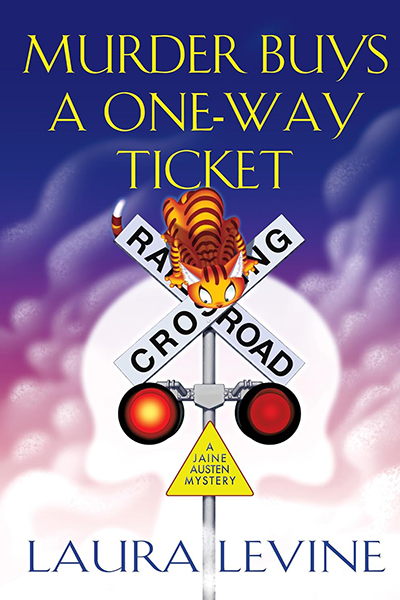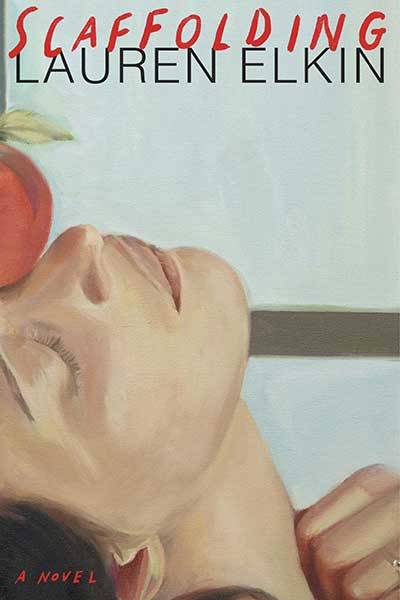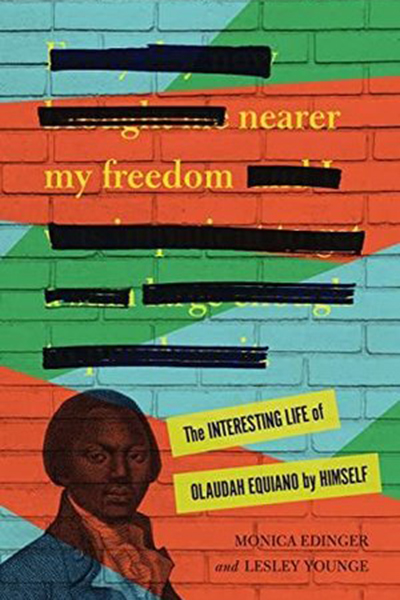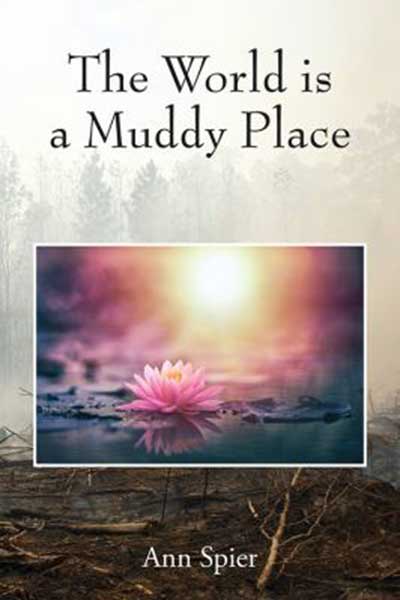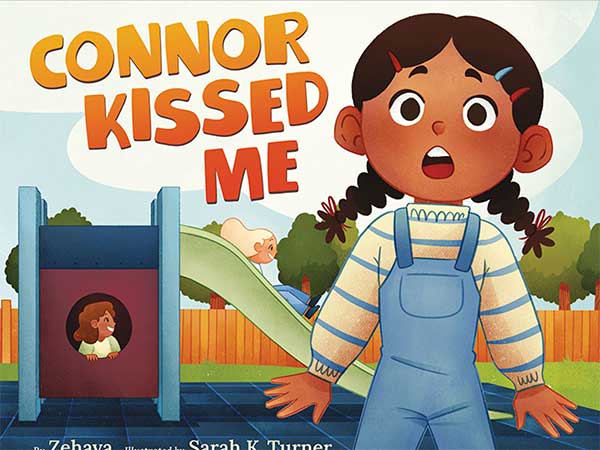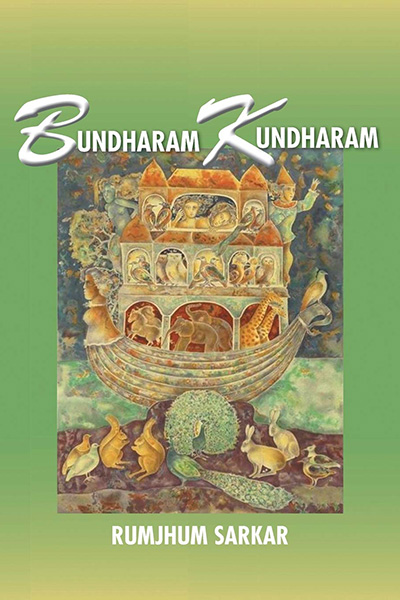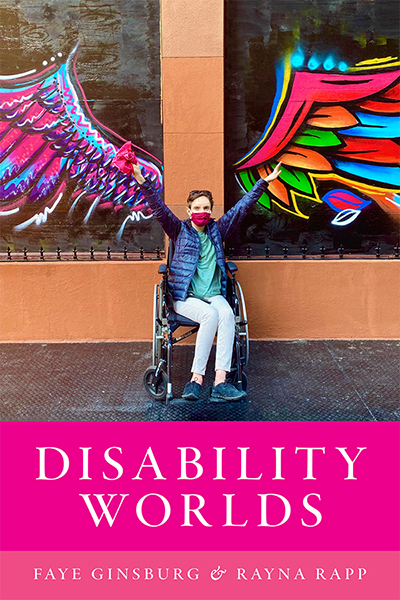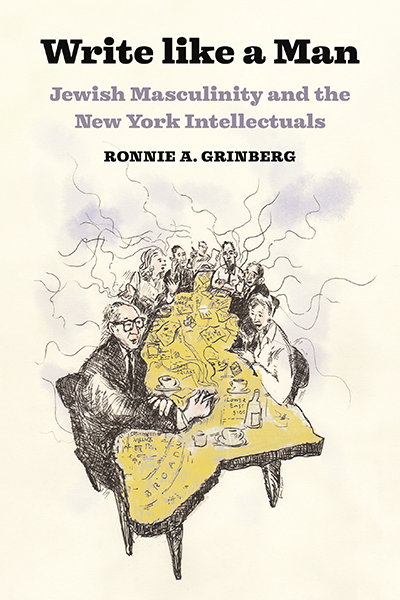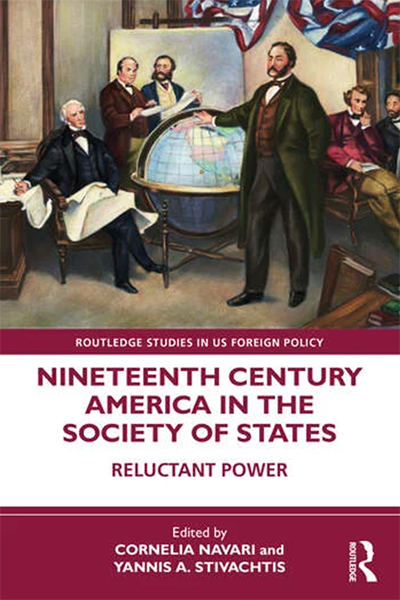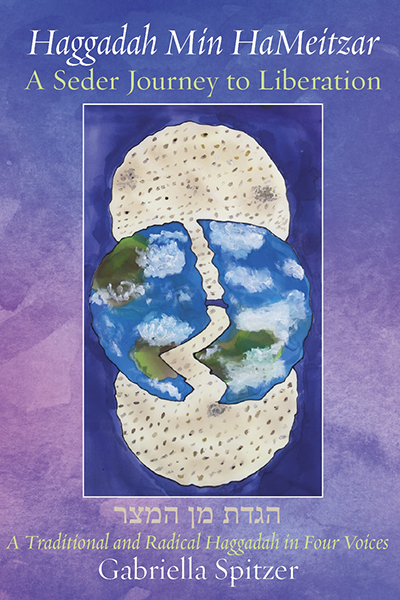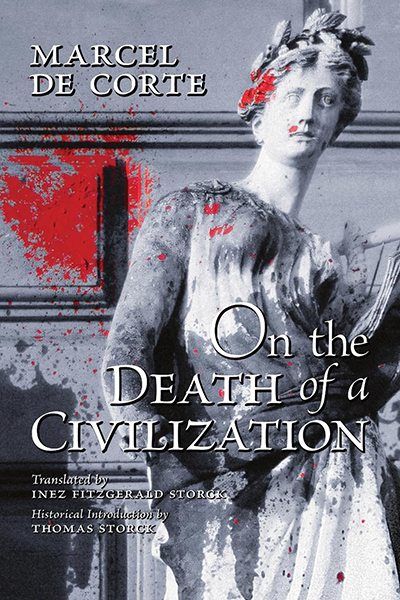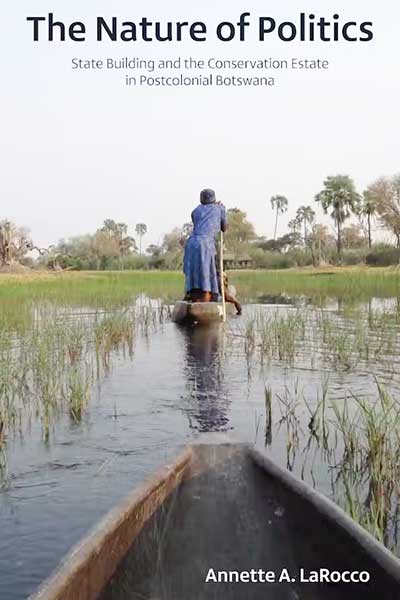
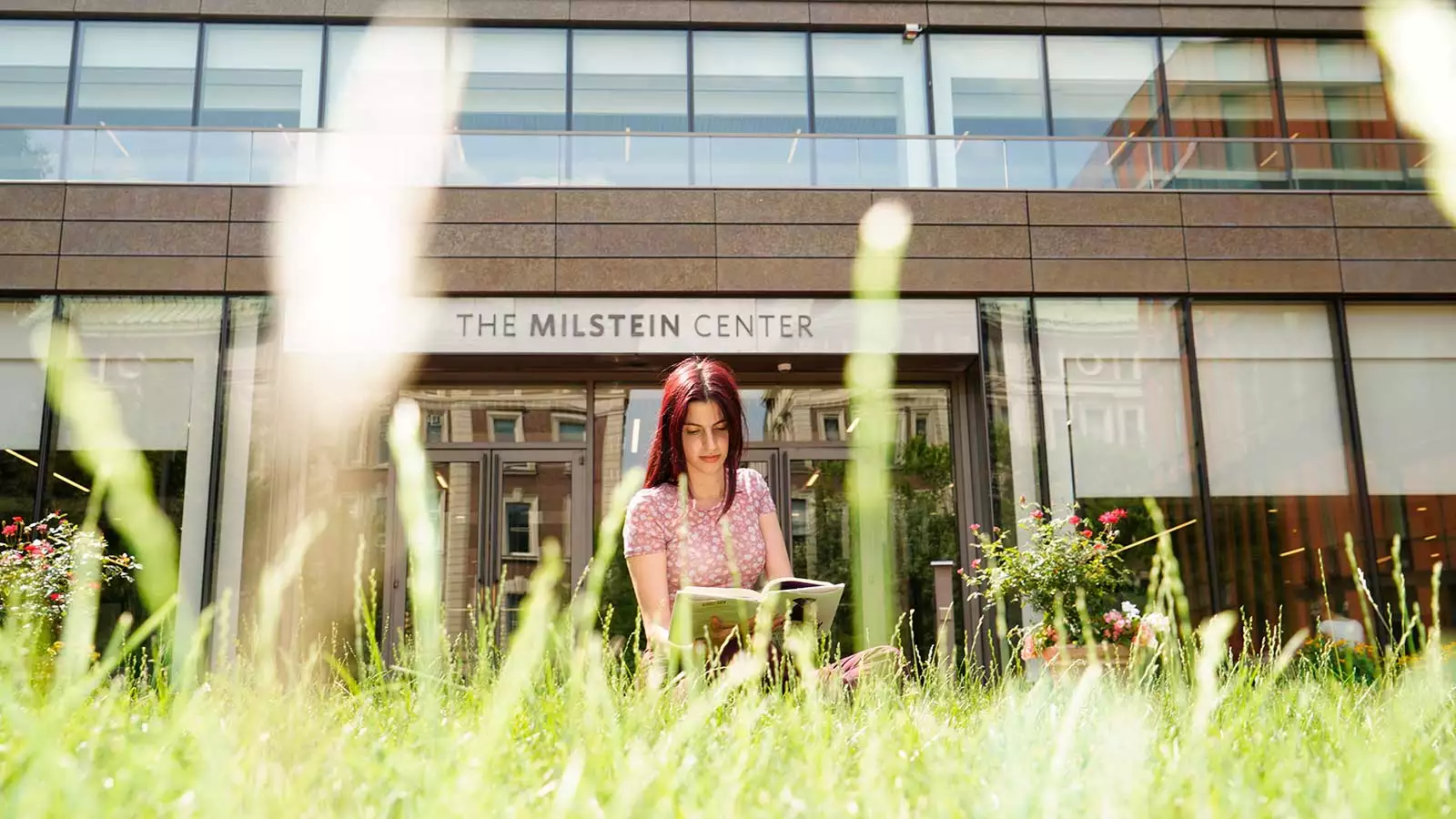
FICTION
Murder Buys a One-Way Ticket
by Laura Levine ’65
In the latest (and 20th!) installment of Levine’s Jaine Austen mystery series, the freelance writer — accompanied by her cat, Prozac — accepts a new job with a long train-ride commute and a tyrannical, gym-owning client, Chip “Iron Man” Miller. But when Jaine suddenly discovers Chip dead in his cabin, she finds herself racing to clear her name and unmask the real killer. (Kensington Books)
Scaffolding
by Lauren Elkin ’00
Available in Europe; to be released in the U.S. on Sept. 17.
This first novel by Elkin, an essayist, cultural critic, and translator, tells the story of two young couples living in the same Parisian apartment nearly 50 years apart yet experiencing similar complicated lives. The dreamlike narrative shifts between the characters and across time, as they confront the challenges of marriage, fidelity, pregnancy, loss, and the turbulent times they find themselves living in. (Farrar, Straus & Giroux)
POETRY
The World Is a Muddy Place
by Ann Spier ’63
In this deeply optimistic book of poems, Spier faces head-on the specter of climate change and the damage to the planet caused by corporate greed. She finds guidance in the late Buddhist monk Thich Nhat Hanh’s words “No mud, no lotus,” and her work reflects her determination not to wallow in pain but to find joy and hope in beauty and creativity. (Outskirts Press)
CHILDREN’S BOOKS
Fenway and the Loudmouth Bird
by Victoria J. Coe ’83
This year’s winner of the Sid Fleischman Honor Award, Fenway and the Loudmouth Bird tells a spirited story about a dog named Fenway in competition with a talking bird for the attention of his favorite human. Unlikely interspecies friendships abound in this humorous story for young readers. (Penguin Random House)
Connor Kissed Me
by Zehava Cohn ’96
Miriam doesn’t know how to react when her friend Connor kisses her. In this picture book about the importance of consent, geared for kids from kindergarten to 2nd grade, Miriam consults her best friend, the recess monitor, her teacher, and her mom. After she asks herself how she feels about the kiss, Miriam finds her voice and asserts her boundaries. (Lee & Low Books)
Bundharam Kundharam
by Rumjhum Sarkar ’81
Amid writing a law manuscript, Sarkar was inspired to bring her mother’s language to the page instead — “Her words sing,” Sarkar says, “and are a precious gift to me.” In the resulting English-Bengali book for children 8 to 12, a lovable “grandfatherly figure” adventures his way through international destinations, aided by his ability to talk to animals, flowers, and puppets. (AuthorHouse)
NONFICTION
Disability Worlds
by Faye Ginsburg ’75 and Rayna Rapp
Ginsburg and her co-author deliver a groundbreaking text in disability studies, telling the stories of disabled people living in New York City, incorporating the experiences of their own children along with parents, activists, artists, and experts. They undertake an anthropological investigation into disability awareness (or lack thereof) in public and private life, the many logistical limitations imposed by the city, and the resilient creativity of the disabled community in developing new paths for justice. (Duke University Press)
Write Like a Man: Jewish Masculinity and the New York Intellectuals
by Ronnie A. Grinberg ’01
During the postwar era, notable writers and critics of New York’s intellectual scene adopted a “secular Jewish machismo” grounded in fierce, acerbic debate. This unique rhetorical style was used by men and women, Jewish and non-Jewish people alike, including such figures as Norman Mailer and Mary McCarthy. This conception of Jewish masculinity, argues Grinberg, played out in popular discourse on pressing cultural topics from civil rights and feminism to radicalism, which in turn, helped to bring the American Jew from the margins into the mainstream. (Princeton University Press)
Nineteenth Century America in the Society of States: Reluctant Power
edited by Cornelia Navari ’63 and Yannis A. Stivachtis
As both editors and contributors, Navari and Stivachtis examine a crucial period of U.S. international relations, a time when the nation’s newfound independence necessitated establishing diplomatic relationships with European states. The book discusses how the U.S. situated itself sociologically and politically in the international order and engaged with the rest of the world, shaping its own positions and those of the broader international community. (Routledge)
Haggadah Min HaMeitzar: A Seder Journey to Liberation
by Gabriella Spitzer ’13
Spitzer provides a fresh and progressive iteration of traditional Seder texts. The original translation is presented alongside selected artwork, discussion prompts, and commentary that illuminate their source material for new generations and hones in on four “voices” that correspond to the different names of Passover, through lenses such as environmentalism and storytelling. (Ben Yehuda)
On the Death of a Civilization
translated by Inez Fitzgerald Storck ’67
Storck’s translation of the original 1949 text by Marcel De Corte is particularly relevant today as people find themselves increasingly alienated from their environment and one another. The 20th-century philosopher explores how these sentiments arose from unchecked capitalism and consumerism and proposes possible solutions through a return to a religious moral framework and small-scale communities that facilitate closer relationships to the environment and each other. (Arouca Press)
The Nature of Politics: State Building and the Conservation Estate in Postcolonial Botswana
by Annette A. LaRocco ’10
This case study of Botswana, a country where 39% of the land is set aside for conservation, focuses on the state-building qualities of biodiversity conservation in southern Africa. The book’s key innovation is its conceptualization of the “conservation estate,” a term most often used as an apolitical descriptor denoting land set aside for the purpose of conservation. LaRocco argues that this description is inadequate and suggests a novel and much-needed alternative definition that is tied to its political elements. (Ohio University Press)
